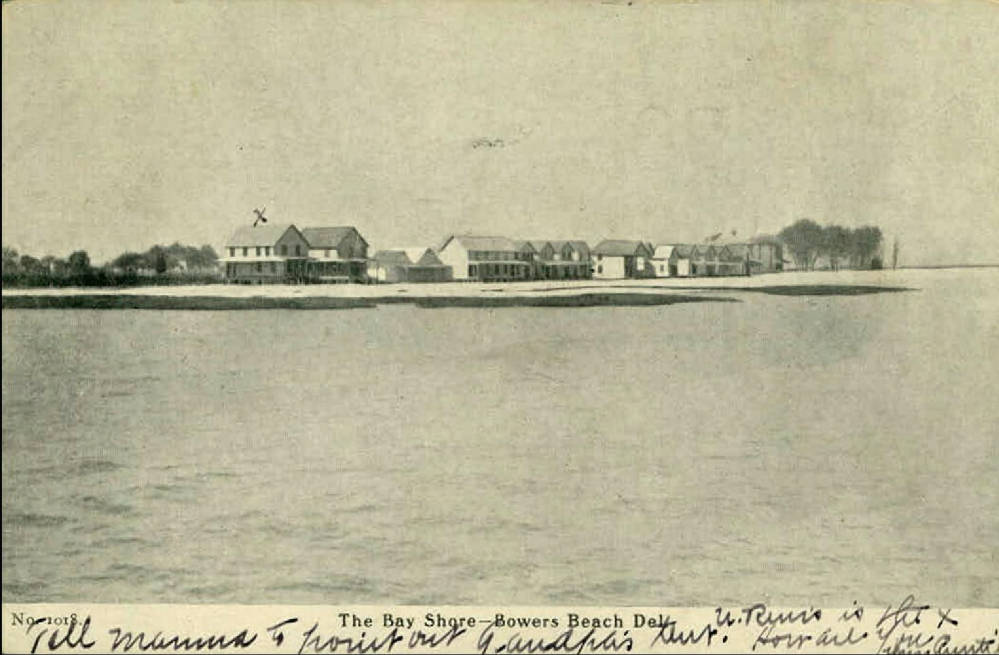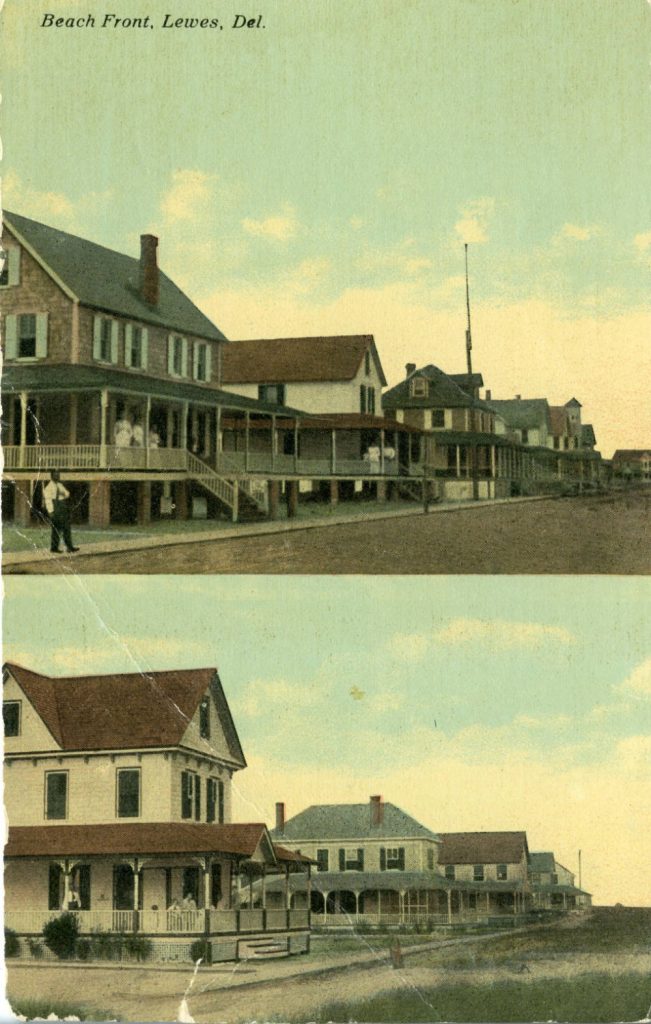Segregated Sands: The history of Delaware beaches

The Delaware beaches we know today were once very different. Not just in how they looked with fewer buildings and boardwalks — but in who was permitted to use them.
During the Jim Crow Era, from about the late 1800s to the 1960s, segregation ruled Delaware’s beaches, as it did most public spaces in states normally associated with the U.S. South. To share the full stories of these beaches and the divided communities along the coast, the Delaware Division of Historical and Cultural Affairs is launching “Segregated Sands,” a virtual exhibit that sheds light on Delaware’s segregated beaches during Jim Crow.
For many generations, the sandy shores along the Atlantic Ocean, Delaware Bay, Delaware’s Inland Bays and other waterways across the low-lying state were known only to the native Americans, the Nanticoke Tribe, who hunted, fished and lived here long before they were coastal resorts. After colonialism made its stronghold on the land and led to the industrial revolution, the Delaware beaches soon became a vacationer’s haven.
But Delaware, positioned in the Mid-Atlantic, is unique in that both southern and northern modes of race relations have coexisted within the state. At the turn of the 20th century, Delaware’s governmental officials insisted upon the right to govern relations between white people and people of color, systematically disenfranchising Black, Indigenous and other residents of color. State-sanctioned laws of segregation extended to all facets of life, including leisure activities like beachgoing.
“Segregated Sands” aims to broaden our understanding of Delaware’s beaches throughout history, in a format that’s easy for the public to view. As a digital exhibit, there is also room for constant growth and changes as historians learn more, particularly from the people who experienced them in person.
“Recreation was not free of the same rules in segregation being practiced everywhere else,” explained Kaitlyn Dukes, lead interpreter at the Zwaanendael Museum. “Even though it should have been vacation, where you focus on fun times, you could not escape the rules being imposed on people by segregation. So, to recreate safely in the state of Delaware, you had to know where to go.”

Not only were the beaches featured in this exhibit summertime safe havens from racism, but also played integral roles in the community as safe gathering places.
In the virtual exhibit, people will be able to step back in time to 12 beaches in all three of Delaware’s counties that were either designated locations for Black beachgoers to visit anytime they desired or had a specific day or days scheduled when they could visit the beach.
So far, the Division has interviewed four people who knew and experienced the beaches personally, with more participants showing interest. Some of that information, as well as a plethora of other research efforts, will be incorporated into the digital exhibit.
This project has been made possible by the work of Zwaanendael Museum staff and University of Delaware student Kelli Barnes, a doctoral candidate studying late-18th and early-19th-century African American history and an African American Public Humanities Fellow. Barnes handled the vast majority of the research, writing and design of the project during her internship with the Division.
This exhibit is ongoing and will be expanded upon, as is the “Recapturing Black Beaches: A Shared Story Project” at the Zwaanendael Museum. “Recapturing Black Beaches” is an oral history initiative that aims to memorialize stories of recreating at Delaware’s beaches as a person of color, and their addition to “Segregated Sands” will be determined by permission granted by participants.
The exhibit will go live on Feb. 1 and will be accessible at de.gov/segregatedsands.



